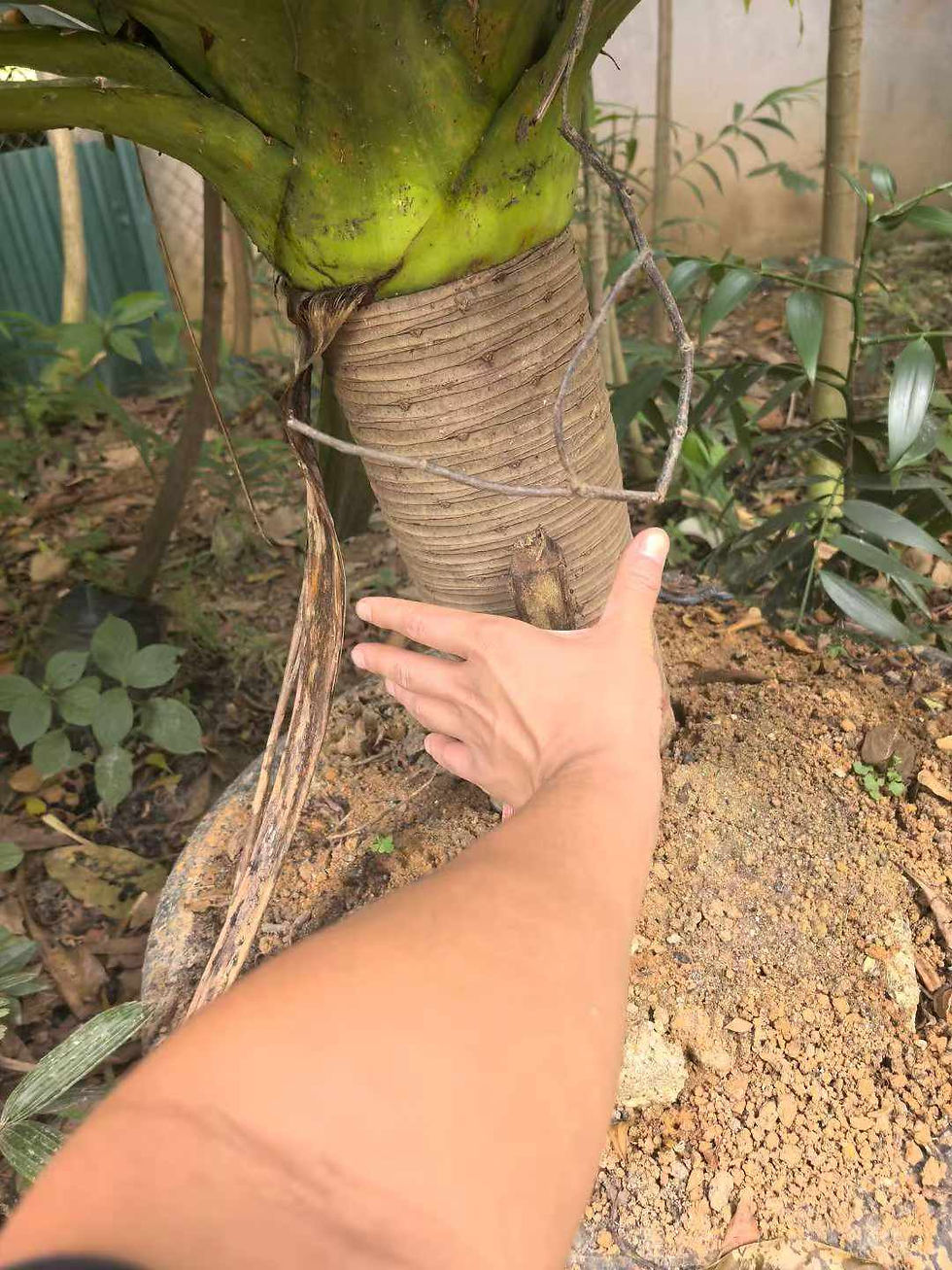Lemon tree become orange tree with sugar. It is usually pale green to yellow when ripe, with sweet white (or, more rarely, pink or red) flesh and very thick albedo (rind pith). It is a large citrus fruit, 15–25 centimetres (5.9–9.8 in) in diameter,usually weighing 1–2 kilograms (2.2–4.4 lb). Leaf petioles are distinctly winged.The fruit tastes like a sweet, mild grapefruit (which is itself believed to be a hybrid of Citrus maxima and the orange), though the typical pomelo is much larger than the grapefruit. It has none, or very little, of the common grapefruit's bitterness, but the enveloping membranous material around the segments is bitter, considered inedible, and thus is usually discarded. The peel is sometimes used to make marmalade, can be candied, and is sometimes dipped in chocolate. In Brazil, the thick skin is often used for making a sweet conserve, while the spongy pith of the rind is discarded. Occasionally some Asian fat-heavy dishes use sliced pre-soaked pith to absorb the sauce and fat for eating. Citrus maxima is usually grafted onto other citrus rootstocks but can be grown from seed, provided the seeds are not allowed to dry out before planting.

































